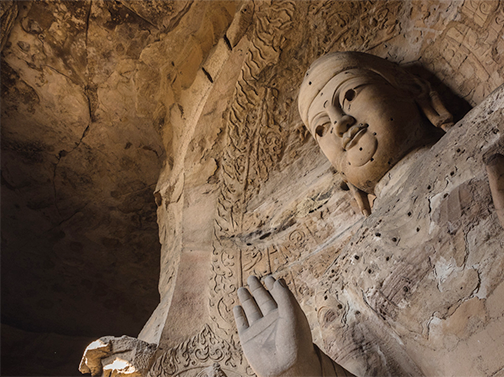The Buddha's sermons were initially oral, and in order to facilitate memory, they took the form of eulogies. Later, they were compiled as "Three Tibets" consisting of sutras, laws and theories. The basic doctrines of primitive Buddhism are "Four Connections", "Eight Paths" and "Twelve Reasons". Its core content is about the suffering of the real world and the ways to solve it. Buddhism originated in ancient India in the 6th to 5th centuries BC. Its founder is Siddhartha Chotamo, and Sakyamuni is a Buddhist honorific term for him, meaning "Sakyamuni sages".
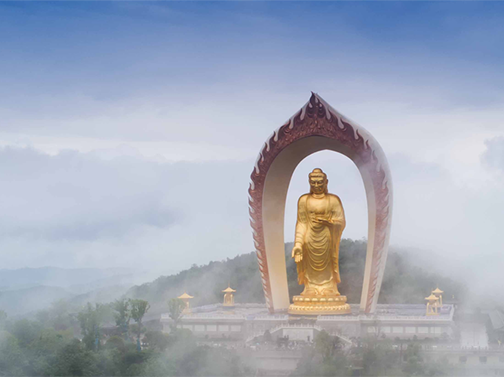
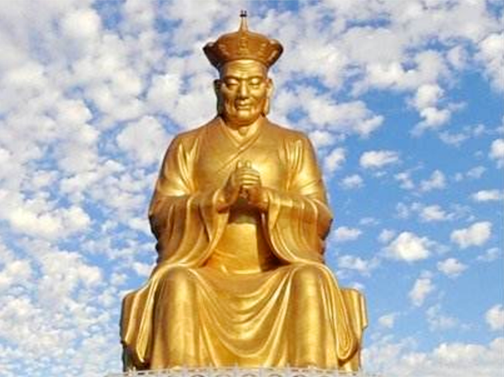
In the northern part of the ancient Tianzhu kingdom, there was a small town called Kapelovi, which was located at the foot of the Himalayas. The name of the King of the Kingdom of Kapilovia was Shoutupuna, and he was kindly called King of Clean Food. His queen Mayer gave birth to a son named Siddhartha, which means "the one who achieves his goal". He was known as the "Sakyamuni" of Buddha who could conquer the world at will. When he was young, he learned that man had a day to begin his life and a day to end it. After death, everything in him would be destroyed. Thoughts and intellect are all dissipated. His body would wither, too. He was so depressed that he never went out. All deception is deception. Ordinary people, born in the pain of their mothers, are in this kind of deception, through aging, disease, death, until the end.
The whole world is a big lie. "There must be a way out of misery in the world, but I haven't found it yet. Maybe this road won't be discovered - if it doesn't. However, I would rather abandon everything to find this road, rather than mediocre and casual. The Prince meditated all day long, and gradually, I wondered how long it took for his consciousness to return to reality from meditation. He was dimly aware that someone told him that one could find trustworthy happiness in solitude and in the silence of the deep forest - happiness that never grows old and never decays. Because there is consciousness in silence. After the man left, hope illuminated the sad night in the prince's heart. Siddhartha did not hesitate to infuriate his father and was very determined to find a way out of suffering for all mankind." Siddhartha, in a lonely dark night, bid farewell to the palace and entered the deep mountains to learn Tao, and finally attained Buddhism under the Bodhi tree. Indian Buddhism can be roughly divided into three stages: primitive Buddhism, sectarian Buddhism and Mahayana Buddhism.
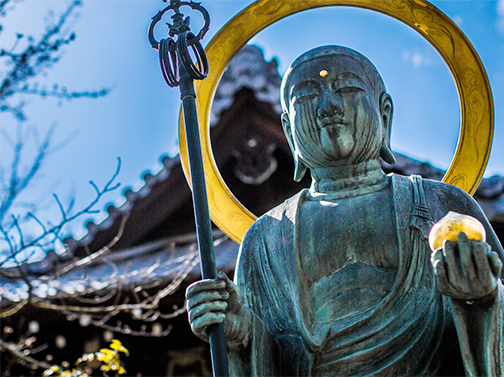
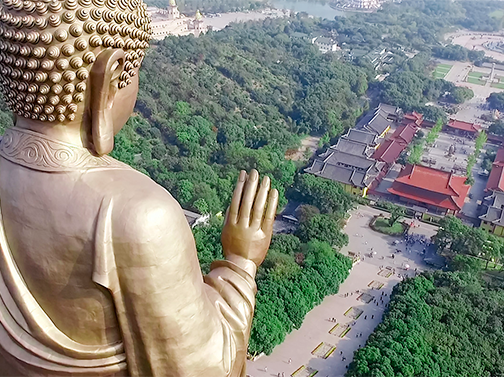
The period of primitive Buddhism is about 100 years after Sakyamuni's death. Historically known as the period of "harmony and unity", this kind of "harmony and unity" is only a general unity. With the changes of society, around the second gathering in the 4th century B.C., Buddhists split up for the first time, resulting in two major sects, namely, the Upper Seat and the Mass. 。 From the 3rd century B.C. to the 1st century A.D., the Supreme Sect split seven times, becoming 12 sects, and the Mass Sect split four times, becoming 8 sects. This stage is the period of sectarian Buddhism. Mahayana Buddhism was formed in the 1st century AD. After the Buddha, Indian local dynasties alternated in prosperity and decline. It is said that in 261 B.C., King Asoka led the army to conquer the Kalingga kingdom of South India with a cruel military campaign and decided to abandon force and convert to Buddhism. With the support and help of King Ashoka, Buddhism has made great progress and began to spread in Myanmar, Sri Lanka, Central Asia and the Western Regions. In the first half of the 2nd century B.C., Indian Buddhism, founded by the Great Summer Kingdom, spread among Greek immigrants. At the same time, Buddhism was also influenced by Greek culture, and Buddha's statues began to appear, which was the period of the art of Jadhara.
Mahayana Buddhism, according to historical documents, began in Songzan Ganbu (A.D. 17-650) in power. After Songzan Ganbu completed the unification of the Tibetan plateau ministries, in terms of spiritual domination, it needs an ideology favorable to the centralization of power by the central authorities. At that time, Tubo was almost surrounded by Buddhist forces, and it could not be influenced by Buddhism. In this way, Buddhism entered the snow plateau from India and the mainland. Songzangganbu introduced Buddhism into Tibet by marrying. After he first married Princess Chizun of Nepal, in 641, Songzan Ganbu married Tang Dynasty and Wencheng Princess. Chidezuzan (reigned from 704 to 755 A.D.) devoted himself to the development of Buddhism after the throne of Zanpu. In order to further promote Buddhism, Chisong Dezan took the traditional form of oath of alliance to consolidate the achievements of Buddhist revival within the upper ruling class, with the participation of the various internal and external ministers, thousands of households and generals. This famous "Samsung's tireless oath" shows that Buddhism has settled in the upper class of Tubo and began to become a dominant religion. Now.
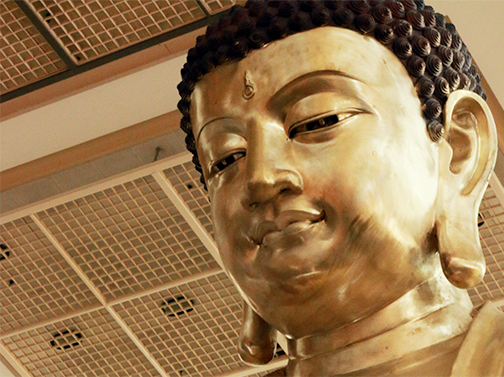
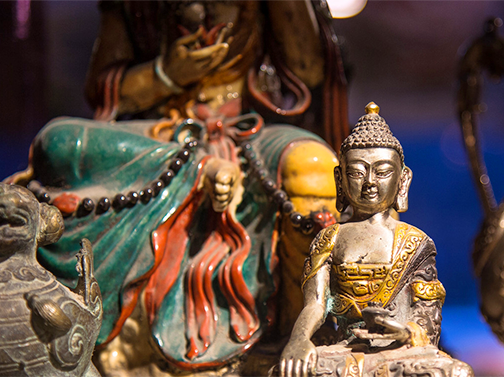
Indian Buddhism was introduced into the Han Dynasty. When Buddhism was spread in the Western Regions, it was introduced into China from the ancient Silk Road. According to historical records, Buddhism was introduced to the Central Plains in the late Western Han Dynasty. When Buddhism first came to the Han Dynasty, it began to exert some influence only on the royal families and noble landlords in the upper classes. In the Three Kingdoms Period, since Cao Cao, the Wei Dynasty prohibited folk spiritual sacrifices as "lewd sacrifices" and strictly restricted large-scale religious activities. In contrast, Sun Quan's Dongwu Group adopted a policy of tolerance and preference towards Buddhism, which made Buddhism develop greatly in the south of the Yangtze River and in the north with Luoyang as the center. Squares make up the court's resistance to etiquette. In the Northern and Southern Dynasties, Buddhism developed rapidly in the post-Zhao, pre-Qin, post-Qin and Beiliang countries, and it was the most prosperous Dynasty in the sixteen countries. The reason for the rapid expansion of Buddhism in Jiangnan society also depends on the strong Buddhist worship of emperors and nobles. All the emperors of the Eastern Jin Dynasty believed in Buddhism and made friends with monks and nuns. They gave special courtesy to the Salmons, and even went to and from the court to intervene in government affairs. The aristocracy's great civil construction and competing to build temples became a feature of Buddhism worship in the Eastern Jin Dynasty. Buddhism had a firm foothold in the Han Dynasty.
In the popularization and development of the Sixteen Kingdoms of the Eastern Jin Dynasty, Buddhism became a belief for all nationalities to support together, thus enhancing the understanding and communication of the people of the North and South nationalities. This was of great significance in blurring the national boundaries of Hu and Han nationalities and maintaining a common psychological identity under the split situation at that time. At the same time, Buddhism has played a role in preventing felling and stabilizing society to a certain extent. To sum up, Buddhism originated in India and was imported into the Central Plains of China during the Han Dynasty. It first adhered to Taoism in Chinese traditional thought, then merged with metaphysics in Wei and Jin Dynasties, and began the process of sinicization. From this, it went to the road of independent development in the Northern and Southern Dynasties and the peak period in Sui and Tang Dynasties.
